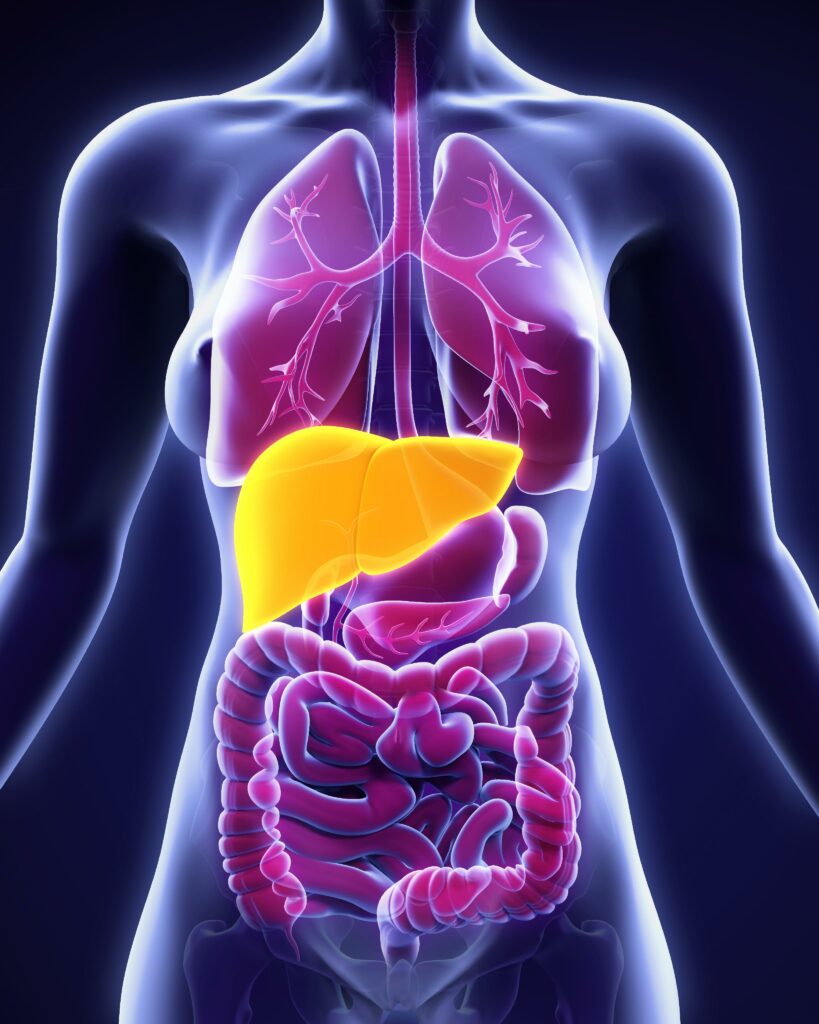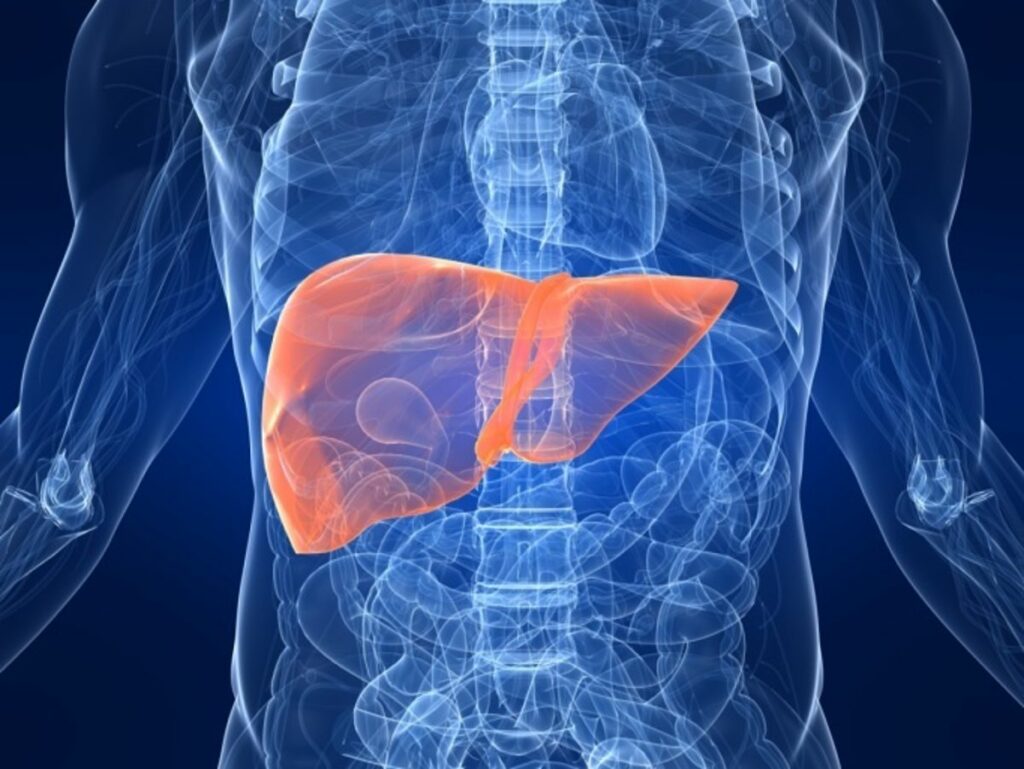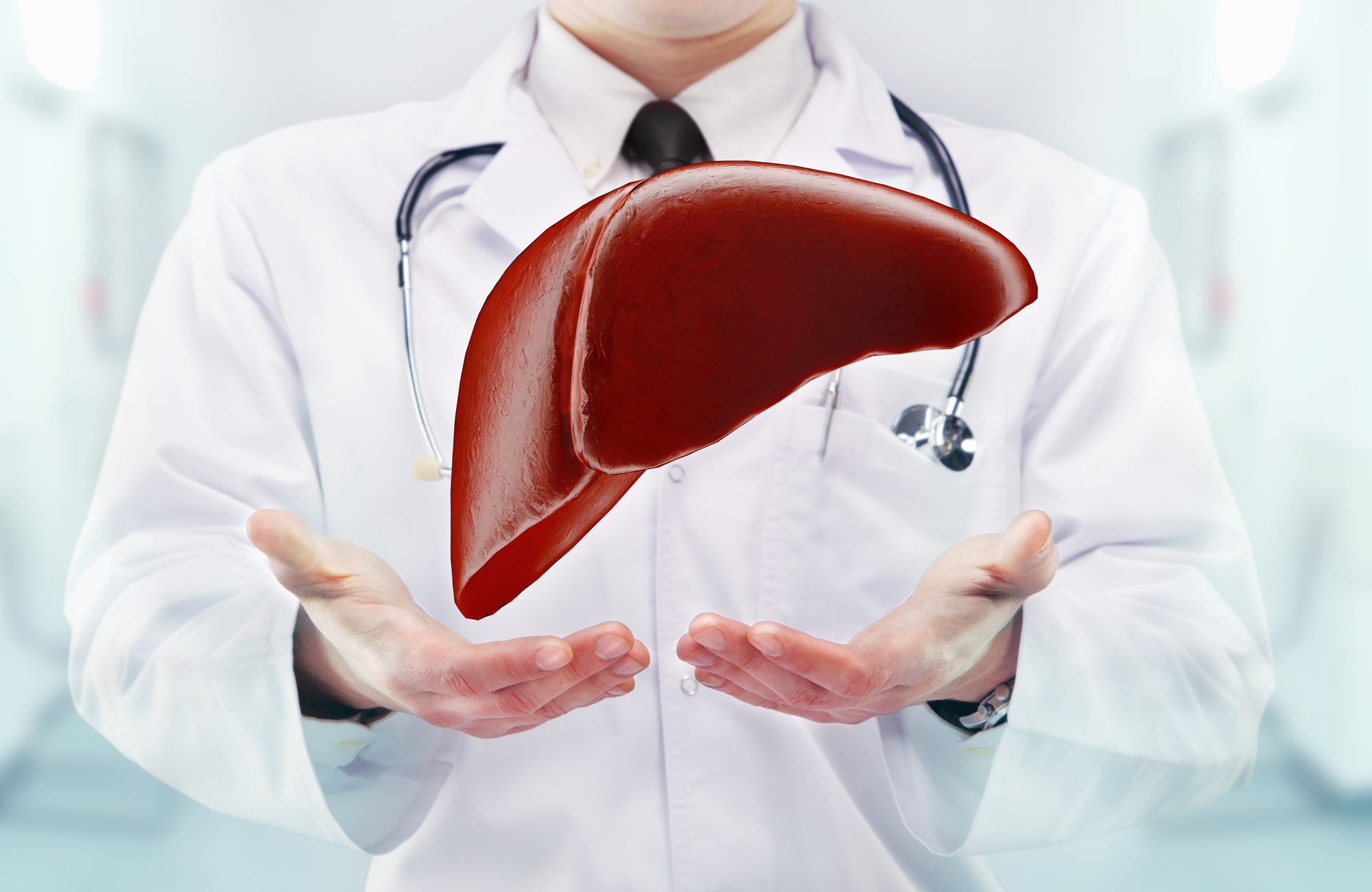Fatty liver and mild steatosis
Liver health is essential for the proper functioning of our body. Fatty liver is a common condition characterized by the accumulation of fat in liver cells. However, there is a specific form of this disorder known as hepatic steatosis, which deserves special attention due to its health implications.
What is hepatic steatosis?
Hepatic steatosis, also called nonalcoholic steatohepatitis (NASH), is a liver disease characterized by excessive accumulation of fat in liver cells. Unlike simple fatty liver, hepatic steatosis involves additional inflammation in the liver, which can result in more severe liver damage.
The exact cause of hepatic steatosis is not completely understood. It is thought to be associated with factors such as obesity, insulin resistance, type 2 diabetes, sedentary lifestyle as well as a diet rich in fats and sugars. It has also been observed that certain medications, metabolic diseases and genetic disorders may predispose a person to develop hepatic steatosis.

What are the symptoms of hepatic steatosis?
In many cases, hepatic steatosis does not cause obvious symptoms, which can make early detection difficult. As the disease progresses, some signs and symptoms may emerge that can alert to the presence of this liver disorder.
Some of the common symptoms of hepatic steatosis include unexplained fatigue, weakness, loss of appetite, pain in the upper right side of the abdomen, and a feeling of fullness after eating normal amounts of food. In more advanced cases, serious complications may develop, such as liver cirrhosis, which can lead to jaundice, fluid accumulation in the abdomen (ascites), mental confusion and gastrointestinal bleeding.
It is important to note that these symptoms can also be present in other liver diseases, so it is essential to perform appropriate diagnostic tests, such as blood tests, ultrasound scans and liver biopsies, to confirm the diagnosis of hepatic steatosis.
Treatment and prevention
The treatment of hepatic steatosis mainly involves changes in lifestyle and eating habits. Gradual weight loss, a balanced diet low in saturated fats and sugars, regular exercise and avoidance of excessive alcohol consumption are key measures to control this disease and prevent its progression.
In addition, it is essential to address underlying metabolic diseases, such as type 2 diabetes or insulin resistance, and to use specific medications when necessary to control them.

Other ways
Other forms of prevention and treatment include the following:
- Maintaining a healthy weight: being overweight and obese are significant risk factors for hepatic steatosis. It is important to maintain an adequate weight through a balanced diet and regular exercise.
- Eating a healthy diet: Choosing a diet rich in fruits, vegetables, whole grains and lean proteins, and limiting consumption of processed foods, saturated fats, sugars and fried foods can help reduce the risk of developing hepatic steatosis.
- Limit alcohol consumption: Excessive alcohol consumption is a major cause of hepatic steatosis. It is important to moderate or completely avoid alcohol consumption to protect liver health.
- Control metabolic diseases: If you have type 2 diabetes, insulin resistance or other metabolic diseases, it is essential to keep them under control through proper medical treatment. These conditions increase the risk of developing hepatic steatosis and can worsen its progression.
- Exercise regularly: Regular physical exercise not only helps maintain a healthy weight, but also benefits the liver. Physical activity promotes fat burning and improves insulin sensitivity, which can help prevent and control hepatic steatosis.
- Avoid taking over-the-counter medications: Some medications, such as painkillers or anti-inflammatory drugs, can have a negative impact on liver health. It is important to avoid the indiscriminate use of medications and to follow the doctor’s instructions in case they are required.














